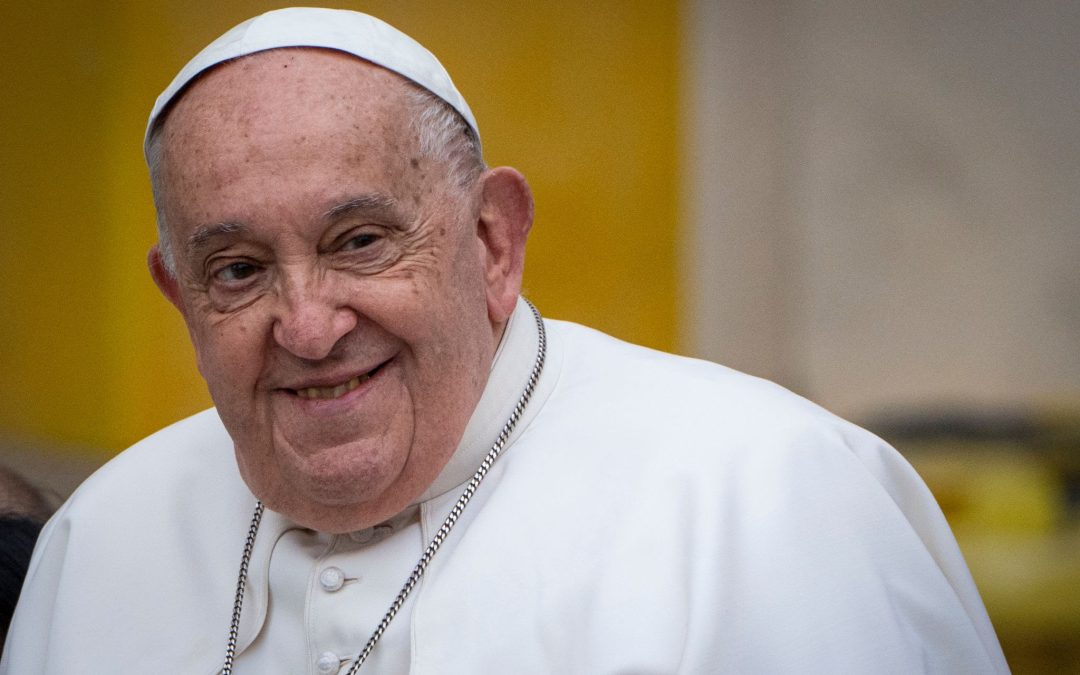Rome: Pope Francis, the first Latin American leader of the Catholic Church, passed away at the age of 88 on April 21, following prolonged battles with respiratory illness, kidney failure, and deteriorating health. His death marks the end of a papacy that began in 2013 and was defined by humility, reform, and a global outreach unlike any before.
Born Jorge Mario Bergoglio in Argentina, Francis began his religious path as a Jesuit priest before serving as Archbishop of Buenos Aires and later being elevated to cardinal. On March 13, 2013, he made history by becoming the first pope from the Americas.
Cardinal Kevin Farrell, Camerlengo of the Holy Roman Church, made the official announcement via Vatican television:
“Dear brothers and sisters, it is with profound sadness I must announce the death of our Holy Father Francis. At 7:35 this morning, the Bishop of Rome, Francis, returned to the house of the Father.”
Just a day before his passing—on Easter Sunday—Pope Francis had made a surprise appearance in St. Peter’s Square, greeting crowds from his popemobile and offering a special Easter blessing, his first public benediction since Christmas.
According to the Vatican-issued death certificate, the pope succumbed to a stroke that led to a coma and ultimately irreversible heart failure.
A Funeral That Breaks Tradition
The Vatican has announced that Pope Francis’s funeral will take place on Saturday, April 26, 2025, at 10:00 AM local time in St. Peter’s Square. The funeral Mass will be led by Cardinal Giovanni Battista Re, Dean of the College of Cardinals, and will be concelebrated by Patriarchs, Cardinals, Bishops, and priests from around the world.
However, unlike his predecessors, Pope Francis will not be buried beneath St. Peter’s Basilica. Honoring his personal request made in 2022, his final resting place will be the Basilica of Santa Maria Maggiore in Rome.
Why Santa Maria Maggiore?
The choice holds deep personal and spiritual significance. Throughout his papacy, Pope Francis frequently visited Santa Maria Maggiore to pray before and after his international journeys. The basilica, dedicated to the Virgin Mary, was a place of quiet reflection and devotion for him.
This decision makes Francis the first pope in over a century to be buried outside the Vatican.
A Simpler Farewell
In keeping with his lifelong commitment to humility and simplicity, Pope Francis had earlier requested a more modest burial. Departing from the centuries-old tradition of using three interlocking caskets made of cypress, lead, and oak, the late pope will instead be laid to rest in a single wooden coffin lined with zinc.
The Vatican formalized these changes in a new rite published in November 2024, in accordance with the pope’s 2022 directive to simplify papal funerals.
Final Journey
On Wednesday, April 23, the pope’s body will be moved from the chapel at the Casa Santa Marta to St. Peter’s Basilica, where the faithful will have the opportunity to pay their respects. The rite of translation will begin at 9:00 AM with a moment of prayer, presided over by Cardinal Farrell.
Pope Francis’s passing not only concludes a remarkable papacy but also ushers in a new chapter in the Church—one shaped by his legacy of compassion, reform, and simplicity.






